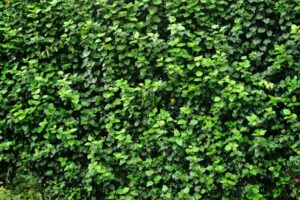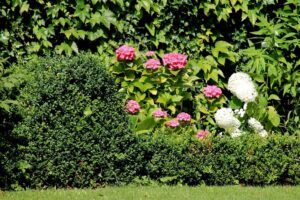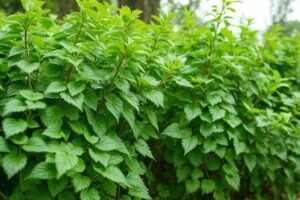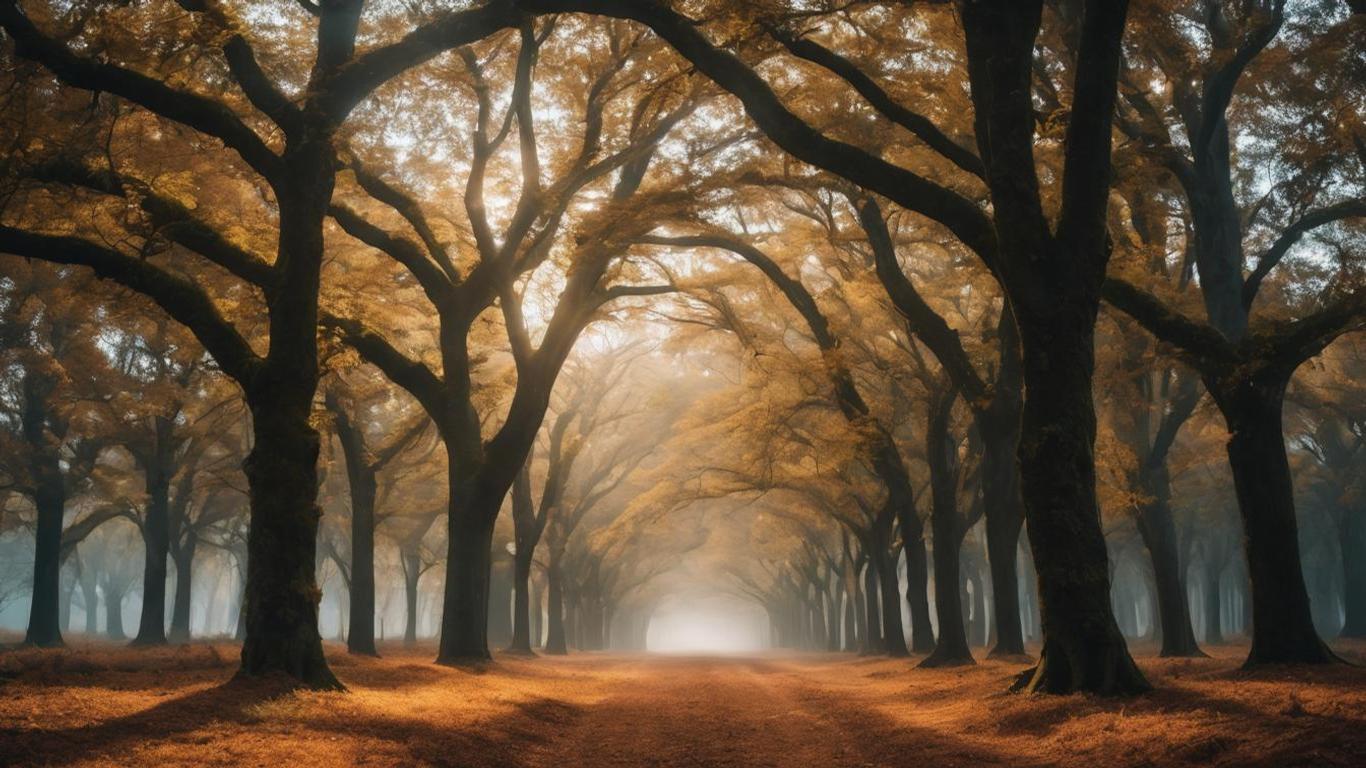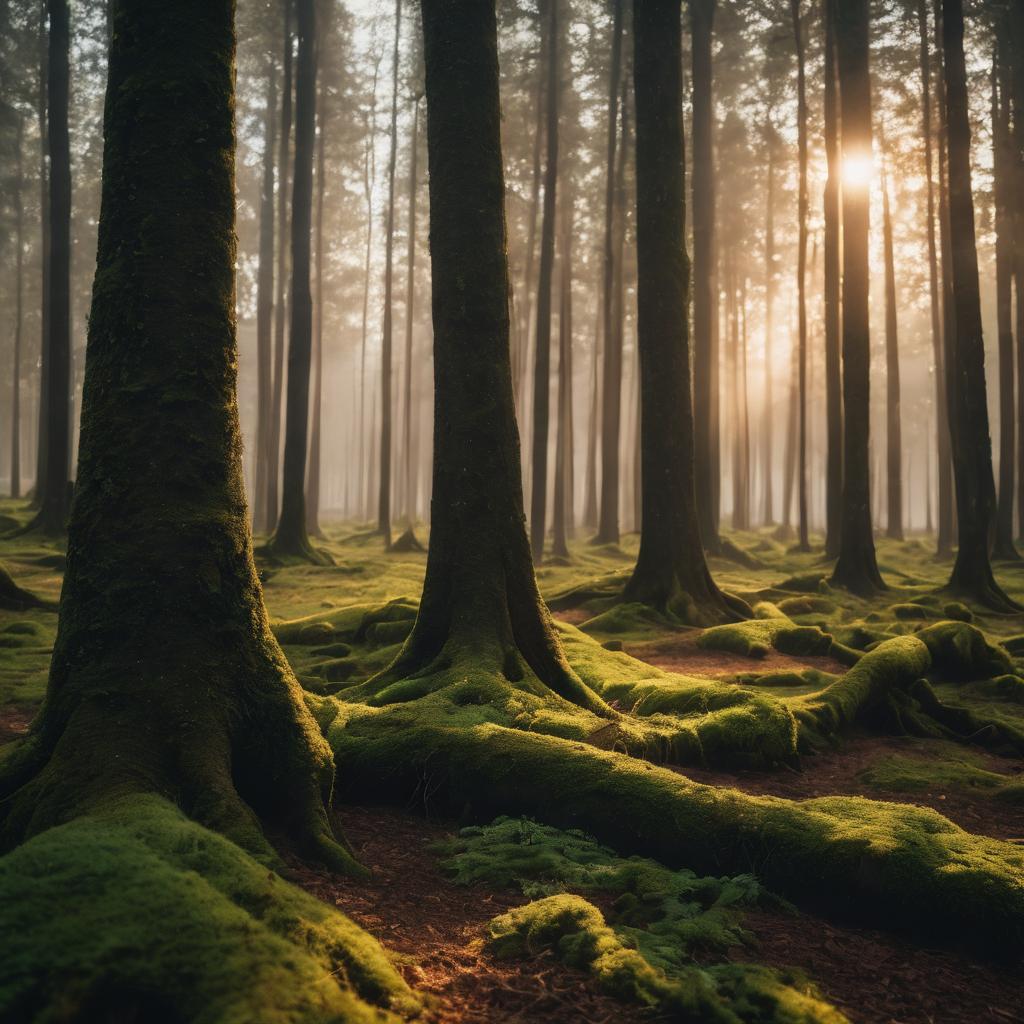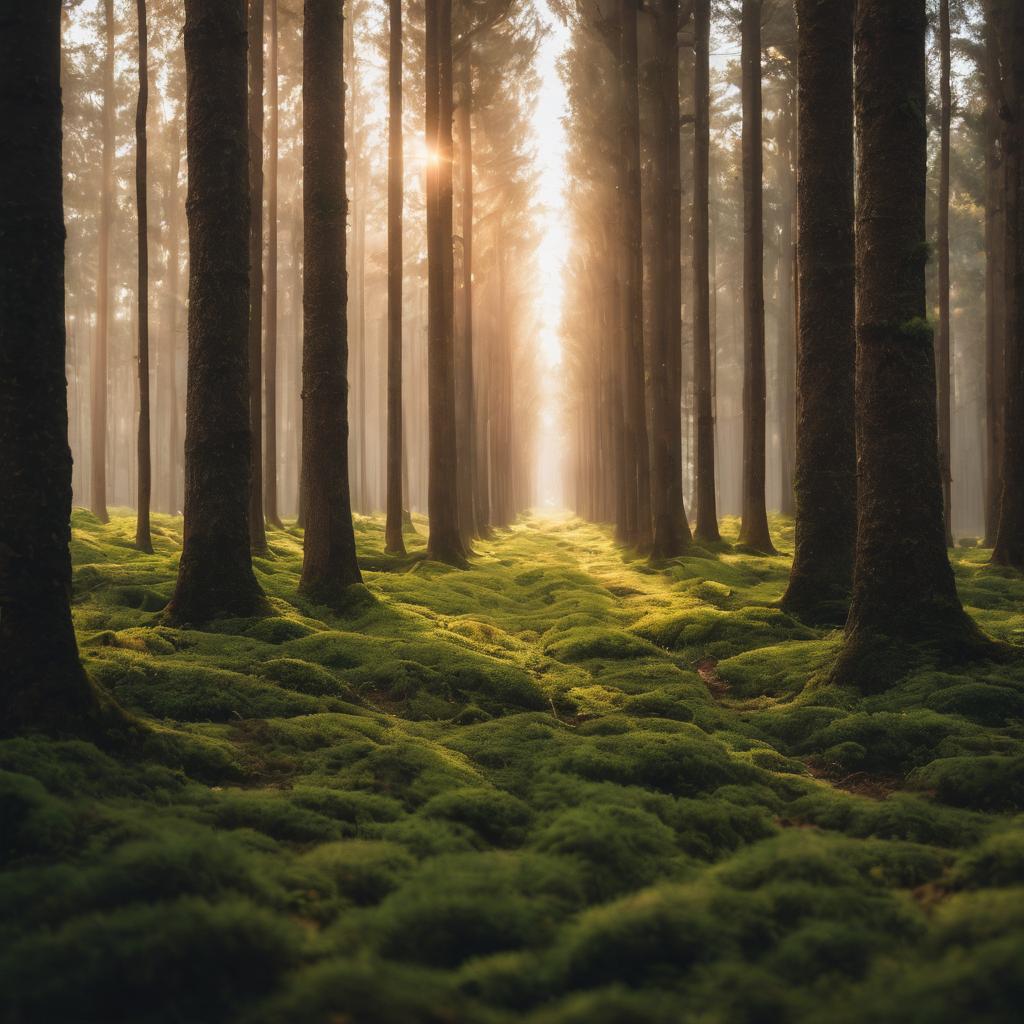The Importance of Shade in Outdoor Spaces
Shade plays a vital role in creating comfortable and inviting outdoor spaces. It not only provides relief from the scorching sun but also adds an aesthetic appeal to the environment. Whether it’s a backyard, patio, or garden, having ample shade allows people to enjoy the outdoors for longer periods without feeling overheated. Moreover, shade helps to protect outdoor furniture, plants, and other elements from excessive sunlight, which can cause fading and damage over time.
In addition to the physical benefits, shade can also significantly impact the overall mood and atmosphere of outdoor spaces. It creates a cool and tranquil environment, making the area more enticing and enjoyable for individuals to relax, socialize, and engage in various activities. Whether you’re hosting a gathering or simply seeking solace in nature, the presence of shade can make a remarkable difference in enhancing the overall experience and making outdoor spaces more accessible throughout the day.
• Shade provides relief from the scorching sun, allowing people to enjoy outdoor spaces for longer periods without feeling overheated.
• It adds an aesthetic appeal to the environment, enhancing the overall beauty of backyard, patio, or garden areas.
• Ample shade helps protect outdoor furniture, plants, and other elements from excessive sunlight that can cause fading and damage over time.
• The presence of shade creates a cool and tranquil environment in outdoor spaces, making them more enticing and enjoyable for relaxation, socialization, and engaging in various activities.
• Whether hosting a gathering or seeking solace in nature, shade makes outdoor spaces more accessible throughout the day.
Understanding the Benefits of Fast-Growing Trees
Fast-growing trees offer numerous benefits that make them a popular choice for many gardeners and landscapers. One key advantage is their ability to quickly provide shade and privacy to outdoor spaces. These trees can grow several feet per year, rapidly creating a cool and comfortable area for relaxation or outdoor activities. Whether you want to shield your patio from the scorching sun or create a private oasis in your backyard, fast-growing trees can help you achieve the desired shade in a relatively short period.
Another benefit of fast-growing trees is their ability to serve as natural windbreaks. These trees can act as a barrier, reducing the impact of strong winds on your property. By strategically planting fast-growing trees along the perimeter of your outdoor space, you can create a shield that protects your garden, outdoor furniture, and even your home from potential damage caused by gusty winds. This not only enhances the aesthetic appeal of your landscape but also provides practical protection against the elements.
• Fast-growing trees quickly provide shade and privacy to outdoor spaces
• They can grow several feet per year, creating a cool and comfortable area for relaxation or outdoor activities
• Ideal for shielding patios from the sun or creating private oases in backyards
• Serve as natural windbreaks, reducing the impact of strong winds on your property
• Strategically planting fast-growing trees along the perimeter creates a shield that protects gardens, outdoor furniture, and even homes from potential damage caused by gusty winds
• Enhances the aesthetic appeal of landscapes while providing practical protection against the elements
Factors to Consider When Choosing Trees for Instant Shade
When choosing trees for instant shade, there are several factors that need to be considered. First and foremost, it is important to assess the size and height of the tree at maturity. This is crucial to ensure that the tree will provide the desired amount of shade and fit within the available space. Additionally, the shape and spread of the tree’s canopy should be taken into account, as this will determine how much area will be effectively shaded.
Another important factor to consider is the tree’s growth rate. If you are looking for instant shade, selecting a tree with a fast growth rate is essential. Fast-growing trees can quickly establish themselves and provide shade in a relatively short amount of time. However, it is important to note that some fast-growing species may have weaker wood and may require more frequent maintenance. Careful consideration should be given to the long-term impact of the chosen tree species, ensuring that it will provide shade for many years to come.
• Size and height at maturity: Assess the tree’s potential size to ensure it fits within the available space and provides adequate shade.
• Shape and spread of canopy: Consider how the tree’s branches will extend to effectively shade the desired area.
• Growth rate: Choose a fast-growing tree if instant shade is desired, but be aware of potential maintenance needs and weaker wood in some species.
• Long-term impact: Ensure that the chosen tree species will continue to provide shade for many years without causing any issues or complications.
Tree Options for Different Climate Zones
When selecting trees for different climate zones, it is crucial to consider their adaptability and resilience to the specific environmental conditions. In colder regions, choosing trees known for their hardiness is essential. Species such as the Colorado blue spruce and the Siberian elm thrive in colder climates and can withstand harsh winter conditions. On the other hand, in warmer regions, drought-tolerant trees like the mesquite or the palo verde are more suitable, as they are adapted to arid conditions and can withstand high temperatures and little rainfall. When planting in coastal regions, trees like the Monterey cypress or the palm tree are excellent options, as they have the ability to withstand salt spray and strong winds.
It is important to note that when selecting trees for different climate zones, it is not only the temperature but also the amount of rainfall and humidity that should be taken into account. Some trees, such as the bald cypress, are well-adapted to areas with abundant rainfall, while others, like the Western red cedar, are more suited to areas with higher humidity levels. Additionally, trees like the paper birch or the red maple can tolerate a wide range of climate conditions and are suitable for various regions. By carefully considering the climate requirements of different tree species, it is possible to create a diverse and thriving landscape in any climate zone.
• Colorado blue spruce and Siberian elm are suitable for colder climates
• Mesquite and palo verde are drought-tolerant trees for warmer regions
• Monterey cypress and palm tree can withstand salt spray and strong winds in coastal regions
• Consider rainfall and humidity levels when selecting trees
• Bald cypress is well-adapted to areas with abundant rainfall
• Western red cedar thrives in areas with higher humidity levels
• Paper birch and red maple can tolerate a wide range of climate conditions
Tree Selection Based on Soil Conditions and Sun Exposure
When choosing trees for your outdoor space, it is crucial to consider the soil conditions and sun exposure in the area. Different tree species thrive best in specific soil types, so it’s essential to assess the soil’s drainage, pH levels, and nutrient content. Some trees prefer sandy, well-drained soils, while others require moist and loamy soil. By understanding the soil conditions, you can select trees that are more likely to flourish and provide the desired shade in your outdoor space.
Aside from soil conditions, it is also essential to evaluate the sun exposure in your area before selecting trees. Some trees thrive in full sun, while others prefer partial shade or full shade. By evaluating how much sunlight your outdoor space receives throughout the day, you can choose trees that will thrive in the given conditions. Keep in mind that selecting trees appropriate for the sun exposure in your area will ensure healthy growth and optimal shade provision.
• Different tree species thrive best in specific soil types
• Assess the soil’s drainage, pH levels, and nutrient content
• Some trees prefer sandy, well-drained soils while others require moist and loamy soil
• Understanding the soil conditions helps select trees that will flourish and provide desired shade
• Evaluate the sun exposure in your area before selecting trees
• Some trees thrive in full sun, while others prefer partial shade or full shade
• By evaluating sunlight throughout the day, choose trees that will thrive in given conditions
• Selecting appropriate trees for sun exposure ensures healthy growth and optimal shade provision.
Best Trees for Providing Shade in Urban Areas
When it comes to selecting trees for urban areas, there are several options that provide excellent shade. One popular choice is the London Plane Tree (Platanus × acerifolia). These trees have a wide, spreading canopy that can provide ample shade for urban spaces. They are also tolerant of pollution, making them well-suited for busy city environments. In addition, the London Plane Tree has attractive bark that peels off in patches, adding visual interest to urban landscapes.
Another tree that thrives in urban areas and provides excellent shade is the American Sycamore (Platanus occidentalis). These trees have a dense, broad crown that offers great coverage. They also have large, palmate leaves that add to their ability to provide shade. American Sycamores are hardy and can withstand harsh urban conditions, making them a reliable choice for urban shade. Their distinctive mottled bark also adds an aesthetic appeal to urban landscapes.
• London Plane Tree (Platanus × acerifolia):
– Wide, spreading canopy provides ample shade for urban spaces
– Tolerant of pollution, suitable for busy city environments
– Attractive bark that peels off in patches adds visual interest to landscapes
• American Sycamore (Platanus occidentalis):
– Dense, broad crown offers great coverage for shade
– Large, palmate leaves enhance their ability to provide shade
– Hardy and can withstand harsh urban conditions
– Distinctive mottled bark adds aesthetic appeal to landscapes
Maintenance Tips for Fast-Growing Shade Trees
Proper maintenance is crucial for ensuring the health and longevity of fast-growing shade trees. Regular watering is essential, particularly during dry spells or in the early stages of growth. When watering, it is important to provide deep irrigation to encourage roots to grow deeper into the ground. Slow, thorough watering is best, as it allows the water to penetrate the soil and reach the root system.
Mulching around the base of the tree helps retain moisture, regulate soil temperature, and suppress weed growth. A layer of mulch also acts as a protective barrier, preventing damage from lawnmowers or other equipment. It is important to apply mulch evenly, keeping it a few inches away from the trunk to prevent moisture buildup and potential rot. Additionally, regular inspection for pests and diseases, as well as timely pruning to remove dead or damaged branches, helps maintain the overall health and shape of the fast-growing shade tree. Following these maintenance tips will ensure the tree thrives and provides ample shade for years to come.
• Regular watering is crucial for fast-growing shade trees, especially during dry spells or in the early stages of growth.
• Deep irrigation encourages roots to grow deeper into the ground and promotes a healthy root system.
• Slow, thorough watering allows water to penetrate the soil and reach the root system effectively.
• Mulching around the base of the tree helps retain moisture, regulate soil temperature, and suppress weed growth.
• Applying mulch evenly and keeping it a few inches away from the trunk prevents moisture buildup and potential rot.
• Mulch also acts as a protective barrier against damage from lawnmowers or other equipment.
• Regular inspection for pests and diseases is important to maintain overall tree health.
• Timely pruning should be done to remove dead or damaged branches, promoting better shape and overall health of the tree.
Common Mistakes to Avoid When Planting Fast-Growing Trees
When planting fast-growing trees, there are several common mistakes that should be avoided to ensure successful growth and development. One mistake is planting the tree too deeply. It is vital to dig a hole that is only as deep as the root ball or container of the tree. Planting too deep can lead to poor root development and hinder the tree’s ability to establish itself in the soil.
Another mistake to avoid is planting the tree too close to other structures or existing trees. Fast-growing trees may provide shade and beauty, but their expansive root systems and large canopies can cause damage to buildings, foundations, and underground utilities if planted too close. It is essential to consider the mature size of the tree and allow enough space for its roots and branches to grow without causing any problems in the future.
• Plant the tree at the same depth as its root ball or container
• Avoid planting the tree too deep to prevent poor root development
• Ensure proper establishment of the tree in the soil
• Give enough space for roots and branches to grow without causing damage
• Consider the mature size of the tree before planting it near structures or other trees
• Prevent potential damage to buildings, foundations, and underground utilities
In addition to these mistakes, another common error is neglecting proper watering. Fast-growing trees require regular watering during their initial stages of growth. Failing to provide adequate water can result in stunted growth or even death of the tree. It is important to establish a watering routine that allows for deep penetration into the soil and promotes healthy root development.
Furthermore, using improper pruning techniques can also hinder the growth and health of fast-growing trees. Some individuals may be tempted to prune excessively or incorrectly shape these trees, leading to weakened branches and an unbalanced canopy. It is crucial to follow correct pruning practices by removing dead or damaged branches and shaping them gradually over time.
Lastly, overlooking soil preparation can be detrimental when planting fast-growing trees. The quality and fertility of soil directly impact a tree’s ability to thrive. Before planting, it is recommended to amend poor-quality soils with organic matter such as compost or well-rotted manure. This improves drainage, nutrient availability, and overall soil structure.
To summarize:
– Water regularly during initial stages of growth
– Establish a watering routine that promotes healthy root development
– Avoid excessive pruning or incorrect shaping techniques
– Follow proper pruning practices for balanced canopy growth
– Prepare soil by amending with organic matter for improved fertility
Enhancing Shade Effectiveness with Companion Plantings
Companion plantings can significantly enhance the effectiveness of shade in outdoor spaces. By strategically selecting and planting companion plants, you can create a more inviting and functional shade environment. One approach is to choose plants with contrasting textures and colors to create a visually appealing and diverse shaded area. Planting groundcover plants, such as creeping thyme or ajuga, around the base of shade trees can help suppress weeds and prevent erosion, while adding a lush and vibrant carpet of green.
Additionally, selecting companion plants that are known for their ability to attract beneficial insects can also be beneficial. These plants, like marigolds or lavender, can attract pollinators and other beneficial bugs, which can help maintain a healthy ecosystem in your shade area. Moreover, planting aromatic plants, such as mint or rosemary, can add a pleasant fragrance to the shaded space, enhancing the overall sensory experience for those who spend time in the area.
By carefully selecting and incorporating companion plantings, you can not only enhance the aesthetic appeal of your shaded outdoor space but also create a more vibrant and diverse ecosystem. The combination of contrasting textures, attractive colors, and beneficial insects will contribute to a more enjoyable and functional shade environment.
• Plant groundcover plants like creeping thyme or ajuga around the base of shade trees to suppress weeds and prevent erosion
• Select companion plants known for attracting beneficial insects, such as marigolds or lavender, to maintain a healthy ecosystem in your shade area
• Incorporate aromatic plants like mint or rosemary to add a pleasant fragrance to the shaded space
• Enhance the aesthetic appeal of your shaded outdoor space by choosing plants with contrasting textures and colors
• Create a more vibrant and diverse ecosystem in your shade environment
• Enjoy a more enjoyable and functional shade environment through careful selection and incorporation of companion plantings
Long-Term Care and Pruning Techniques for Fast-Growing Shade Trees
As your fast-growing shade trees continue to mature, it is important to prioritize their long-term care and implement proper pruning techniques. Regular maintenance will help ensure the health, beauty, and longevity of these trees, while also maximizing their shade-providing potential.
One important aspect of long-term care is to regularly inspect the trees for any signs of disease or pest infestations. Early detection and prompt treatment can prevent further damage and preserve the overall health of the trees. Additionally, it is important to monitor the growth rate and adjust pruning techniques accordingly. Regular pruning will help to maintain the desired shape and size of the trees, while also removing any dead, damaged, or diseased branches. This promotes healthy growth and reduces the risk of falling branches that could potentially cause harm or damage to property.
• Regularly inspect the trees for signs of disease or pest infestations
• Early detection and prompt treatment can prevent further damage
• Preserve the overall health of the trees
• Monitor the growth rate and adjust pruning techniques accordingly
• Regular pruning helps maintain desired shape and size of trees
• Remove dead, damaged, or diseased branches
• Promote healthy growth
• Reduce risk of falling branches that could cause harm or property damage





